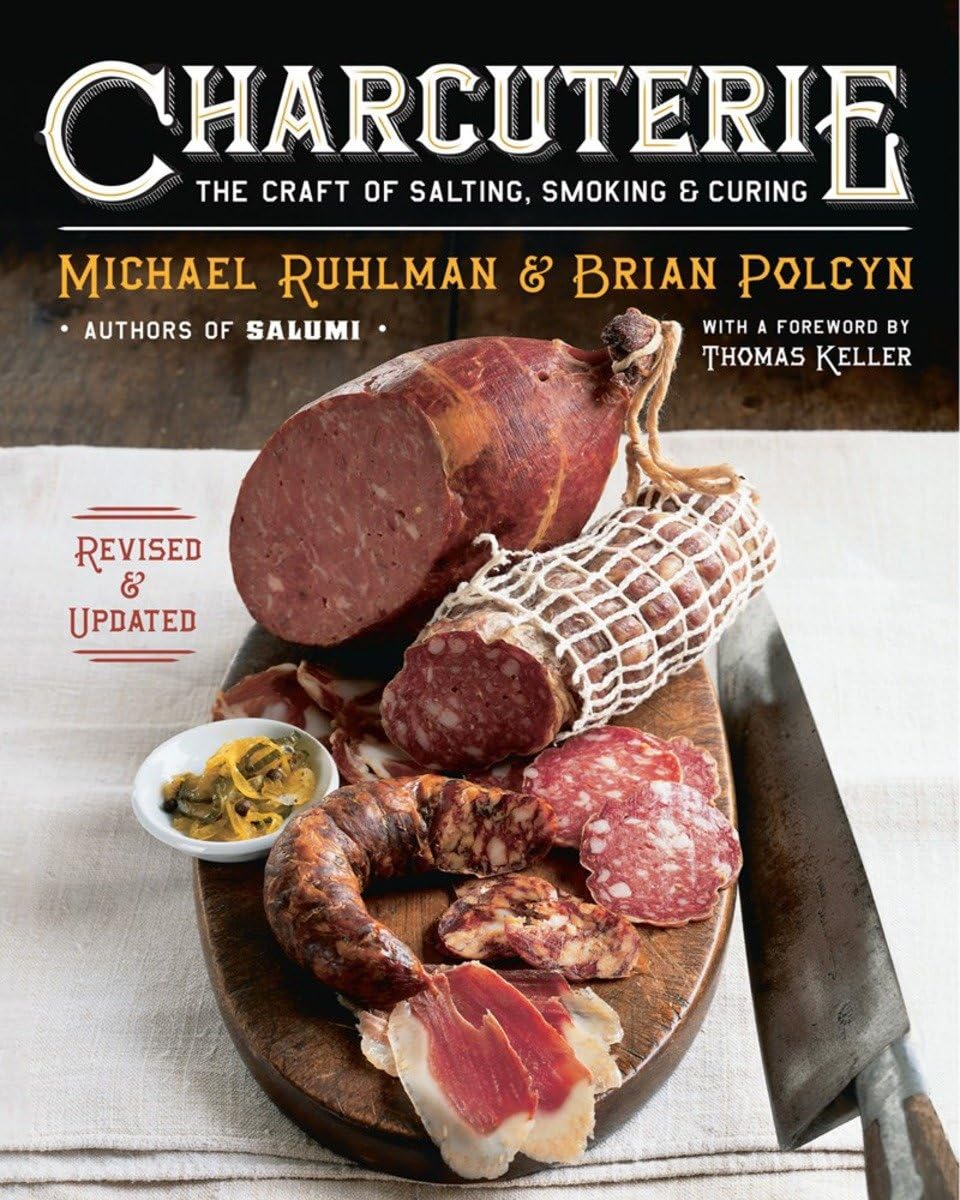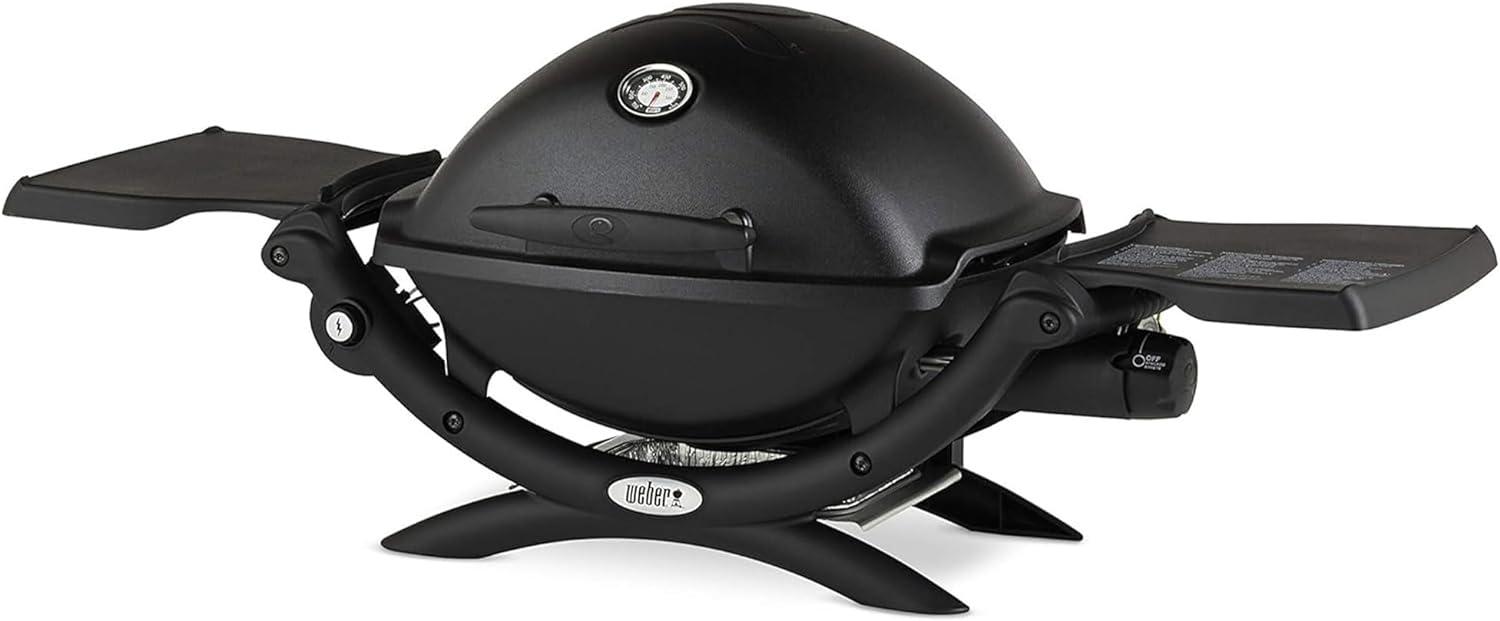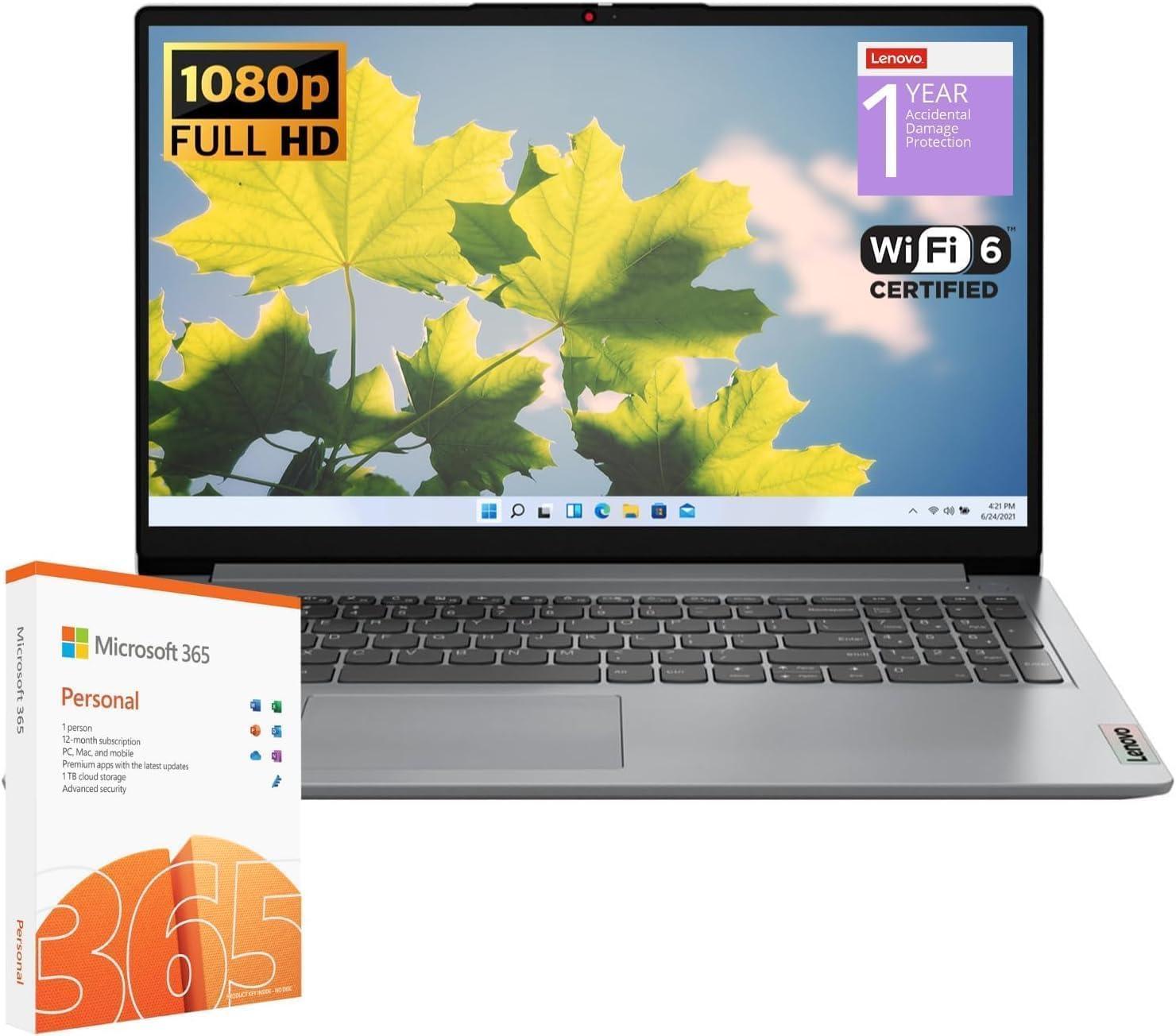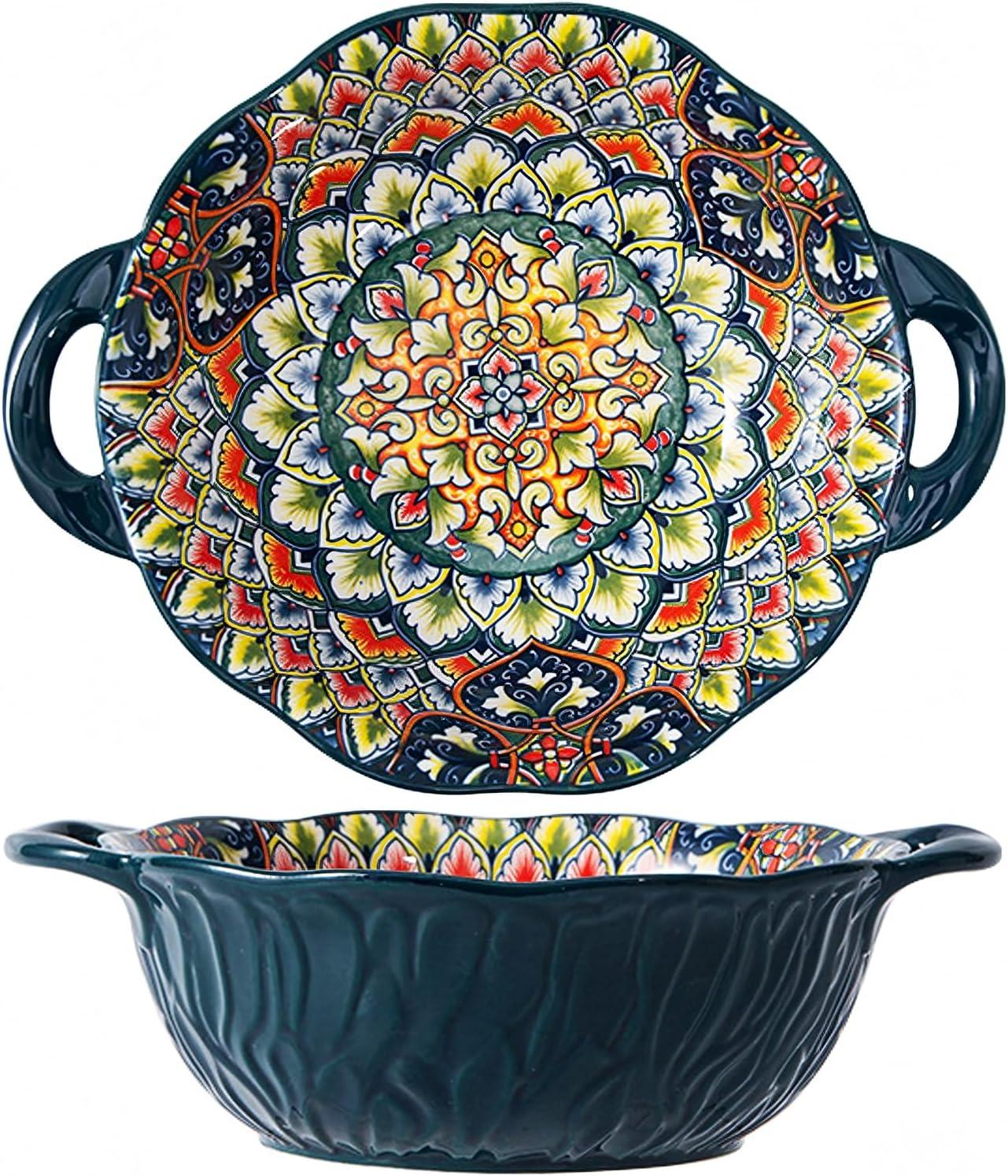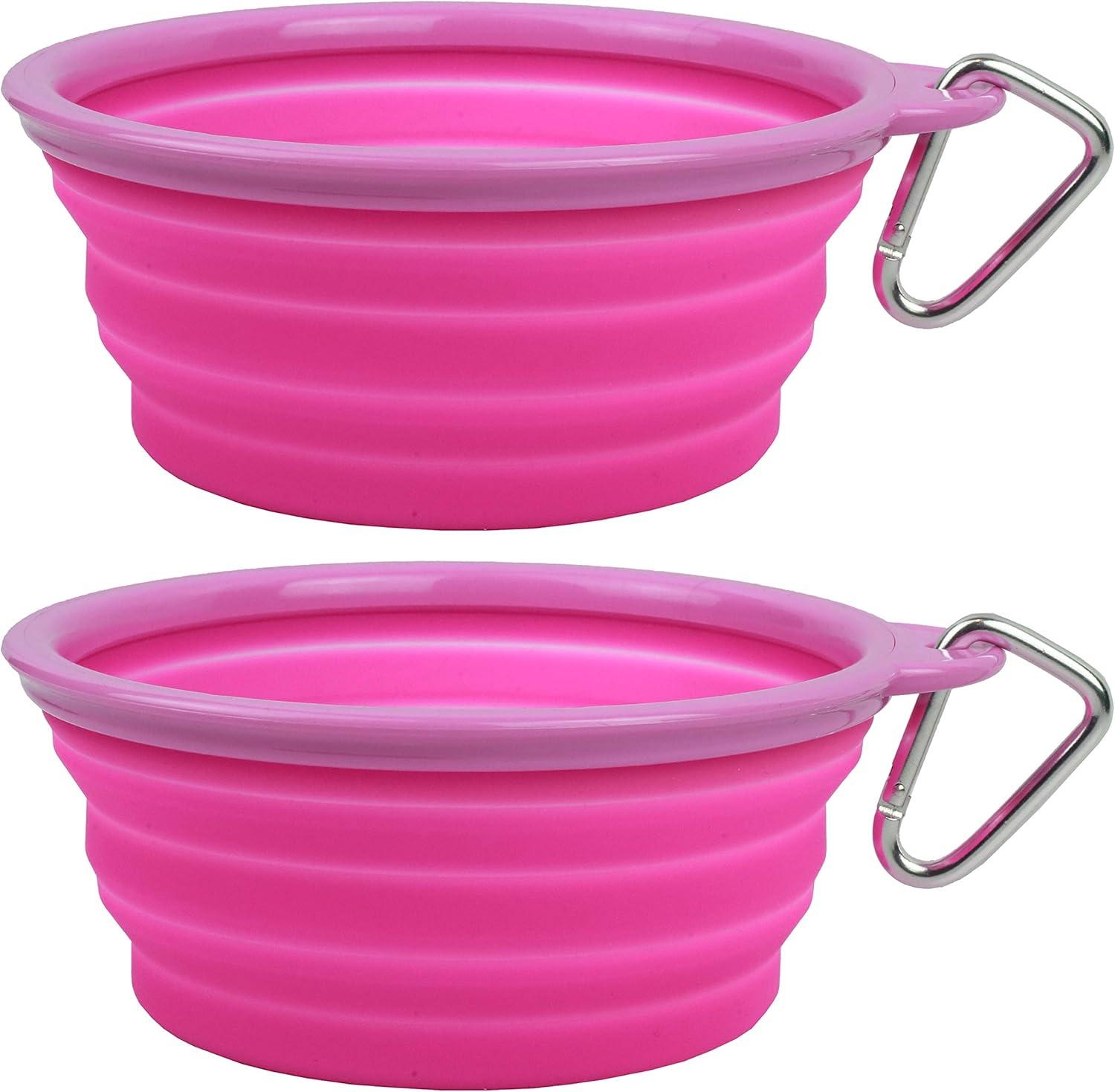
Price: $40.00 - $26.95
(as of Apr 07, 2025 06:48:18 UTC - Details)
How to Cook the Best Bacon: A Comprehensive Guide
Introduction
When it comes to breakfast, few things can rival the crispy, savory delight of perfectly cooked bacon. Whether you enjoy it alongside eggs, in a breakfast sandwich, or as a topping on your favorite burger, knowing how to cook the best bacon can elevate your meals to a whole new level. In this guide, we will explore various methods to achieve that perfectly cooked bacon, from the classic frying pan to the less conventional oven method. You'll find tips, tricks, and techniques that will ensure your bacon is always a hit. Let's dive in!
The Best Way to Cook Bacon in a Frying Pan
Frying bacon in a pan is one of the most popular methods, and for good reason. It allows you to control the heat and achieve that crispy texture that everyone loves. Here’s how to do it:
1. Start with the Right Pan
Using a heavy skillet, preferably cast iron, is essential. This type of pan retains heat well and cooks the bacon evenly. If you don’t have cast iron, a non-stick skillet works too, but you may need to adjust your cooking time.
2. Cook on Medium Heat
Place the bacon strips in a cold skillet, then turn the heat to medium. This allows the fat to render slowly, resulting in crispy bacon without burning it. Avoid cramming the pan; cook in batches if necessary.
3. Flip for Even Cooking
As the bacon begins to sizzle, use tongs to flip the strips occasionally. This ensures all sides cook evenly and develop a nice golden color. Aim for a cooking time of about 8-12 minutes, depending on the thickness of your bacon.
4. Drain the Grease
Once your bacon reaches your desired crispiness, remove it from the pan and place it on paper towels to drain excess grease. This step is crucial for maintaining that crispy texture.
How to Cook Bacon in the Oven
Cooking bacon in the oven is a game-changer, especially when preparing large batches. It’s hands-off and results in evenly cooked bacon every time. Here’s how to do it:
1. Preheat Your Oven
Set your oven to 400°F (200°C). This temperature is ideal for crisping the bacon without splattering grease everywhere.
2. Line Your Baking Sheet
Cover a baking sheet with aluminum foil for easy cleanup. You can also place a wire rack on top of the sheet if you want the grease to drip off as the bacon cooks.
3. Arrange the Bacon Strips
Lay the bacon strips in a single layer on the baking sheet or wire rack. Make sure they don’t overlap to ensure even cooking.
4. Bake Until Crispy
Place the baking sheet in the oven and bake for 15-20 minutes, depending on how crispy you like your bacon. Keep an eye on it during the last few minutes to avoid burning.
5. Cool and Serve
Once done, carefully remove the bacon from the oven and let it cool slightly before transferring it to a paper towel-lined plate to absorb any excess grease.
The Air Fryer Method for Perfect Bacon
If you own an air fryer, you might be wondering how to use it for bacon. This method is quick and produces delightfully crispy results with less mess. Here’s how:
1. Preheat the Air Fryer
Most air fryers need a few minutes to preheat, so set it to 400°F (200°C) and let it warm up.
2. Arrange the Bacon
Place the bacon strips in the air fryer basket in a single layer. Depending on your air fryer’s size, you may need to do this in batches.
3. Cook for 8-10 Minutes
Air fry the bacon for about 8-10 minutes, checking halfway through to flip the strips. The hot air circulation will cook the bacon evenly and give it that crispy finish.
4. Drain Excess Grease
Once cooked, let the bacon drain on paper towels to remove any excess fat. This step ensures the bacon stays crispy and delicious.
Tips for Flavoring Your Bacon
While plain bacon is fantastic, you can take it up a notch by adding flavors. Here are some ideas:
1. Sweet and Savory
Try sprinkling a bit of brown sugar or maple syrup on your bacon before cooking. The sugar caramelizes, giving the bacon a delicious sweet crunch.
2. Spicy Kick
For those who enjoy a bit of heat, sprinkle some cayenne pepper or black pepper on your bacon. This adds a spicy kick that pairs wonderfully with the savory flavor of the meat.
3. Herbs and Garlic
Consider adding minced garlic or fresh herbs like rosemary or thyme to the pan while cooking. This infuses the bacon with aromatic flavors that elevate your dish.
How to Store Leftover Bacon
After enjoying your bacon, you might have some leftovers. Here’s how to store and reheat them:
1. Refrigeration
Let the bacon cool completely before placing it in an airtight container. It can be stored in the refrigerator for about 4-5 days.
2. Freezing for Longer Storage
If you want to keep bacon longer, consider freezing it. Lay the strips flat on a baking sheet, freeze until solid, then transfer to a freezer bag. This method allows you to pull out just the amount you need later.
3. Reheating
To reheat, simply pop the bacon in the microwave for a few seconds or warm it up in a skillet over low heat. This will help maintain its crispy texture.
Conclusion
In conclusion, knowing how to cook the best bacon is a skill every home cook should master. Whether you prefer frying, baking, or using an air fryer, there are plenty of methods to achieve that perfect crispy bacon. Experiment with flavors and store any leftovers properly to enjoy later. With these tips and techniques, your bacon will always be a delicious addition to any meal. Happy cooking!
An essential update of the perennial bestseller.
Charcuterie exploded onto the scene in 2025 and encouraged an army of home cooks and professional chefs to start curing their own foods. This love song to animal fat and salt has blossomed into a bona fide culinary movement, throughout America and beyond, of curing meats and making sausage, pâtés, and confits. Charcuterie: Revised and Updated will remain the ultimate and authoritative guide to that movement, spreading the revival of this ancient culinary craft.
Early in his career, food writer Michael Ruhlman had his first taste of duck confit. The experience “became a fascination that transformed into a quest” to understand the larger world of food preservation, called charcuterie, once a critical factor in human survival. He wondered why its methods and preparations, which used to keep communities alive and allowed for long-distance exploration, had been almost forgotten. Along the way he met Brian Polcyn, who had been surrounded with traditional and modern charcuterie since childhood. “My Polish grandma made kielbasa every Christmas and Easter,” he told Ruhlman. At the time, Polcyn was teaching butchery at Schoolcraft College outside Detroit.
Ruhlman and Polcyn teamed up to share their passion for cured meats with a wider audience. The rest is culinary history. Charcuterie: Revised and Updated is organized into chapters on key practices: salt-cured meats like pancetta, dry-cured meats like salami and chorizo, forcemeats including pâtés and terrines, and smoked meats and fish. Readers will find all the classic recipes: duck confit, sausages, prosciutto, bacon, pâté de campagne, and knackwurst, among others. Ruhlman and Polcyn also expand on traditional mainstays, offering recipes for hot- and cold-smoked salmon; shrimp, lobster, and leek sausage; and grilled vegetable terrine. All these techniques make for a stunning addition to a contemporary menu.
Thoroughly instructive and fully illustrated, this updated edition includes seventy-five detailed line drawings that guide the reader through all the techniques. With new recipes and revised sections to reflect the best equipment available today, Charcuterie: Revised and Updated remains the undisputed authority on charcuterie.
50 line drawings
